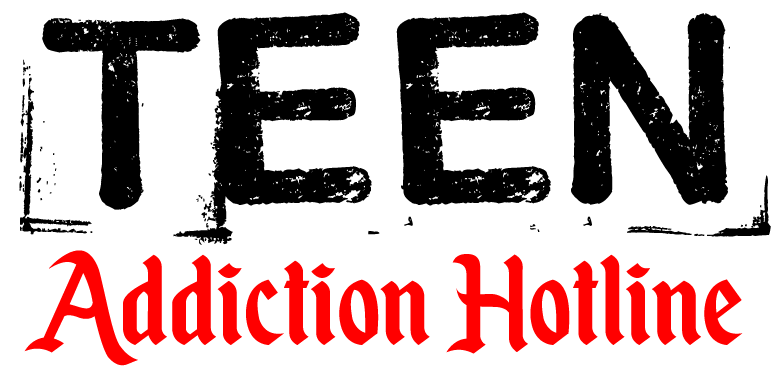The Alarming Rise of Teenage Drug and Alcohol Abuse
Teenage drug and alcohol abuse is a growing concern that affects communities worldwide. The statistics are not only alarming but also shed light on a worrying trend that demands our immediate attention. As parents, educators, healthcare professionals, and concerned citizens, it’s essential to understand the root causes, consequences, and potential solutions to combat this issue. In this blog, we will delve into the reasons behind the rise of teenage drug and alcohol abuse and explore ways to address this pressing problem.
Understanding the Numbers
Recent studies and surveys have shown a significant increase in teenage drug and alcohol abuse. These statistics not only reflect the scale of the problem but also emphasize its urgency. Let’s take a look at some of the key numbers:
- Alcohol Abuse: According to the National Institute on Drug Abuse (NIDA), nearly 60% of high school students have tried alcohol, and 30% have engaged in binge drinking.
- Marijuana Use: The use of marijuana among teenagers has been on the rise. In 2021, the Monitoring the Future survey reported that 44% of 12th graders had used marijuana in the past year.
- Opioid Epidemic: Opioid abuse, including prescription painkillers and illicit opioids, has claimed the lives of many teenagers. This crisis continues to devastate communities across the United States.
- Vaping and E-Cigarettes: The popularity of vaping among teenagers is concerning. The CDC reports that over 25% of high school students have used e-cigarettes in the past month.
- Prescription Drug Abuse: Access to prescription medications has made it easier for teenagers to misuse drugs like opioids, benzodiazepines, and stimulants.
Root Causes
Understanding the reasons behind this alarming rise in teenage drug and alcohol abuse is essential for developing effective prevention and intervention strategies. Several factors contribute to this problem:
- Peer Pressure: Adolescents are highly influenced by their peers. The desire to fit in or be seen as “cool” can lead them to experiment with drugs and alcohol.
- Stress and Coping Mechanisms: The pressures of academics, social life, and family issues can drive some teenagers to seek solace in substances.
- Easy Access: Accessibility to drugs and alcohol, whether through friends, family, or the internet, increases the likelihood of experimentation.
- Mental Health Issues: Undiagnosed or untreated mental health conditions, such as anxiety and depression, can lead teens to self-medicate with drugs and alcohol.
- Lack of Education: A lack of education about the risks and consequences of substance abuse can leave teenagers uninformed and vulnerable.
Consequences
Teenage drug and alcohol abuse come with severe consequences, affecting not only the individual but also their families and communities. Some of the consequences include:
- Health Problems: Substance abuse can lead to a range of physical and mental health issues, including addiction, overdose, and long-term health complications.
- Academic Decline: Teenagers who abuse drugs and alcohol often experience a decline in academic performance, which can affect their future opportunities.
- Legal Issues: Substance abuse can lead to criminal activities, arrests, and a lifetime of legal troubles.
- Strained Relationships: Drug and alcohol abuse can strain relationships with family and friends, leading to isolation and conflict.
- Financial Burden: The costs of maintaining a substance abuse habit can lead to financial strain and hardship.
Addressing the Issue
To combat the alarming rise of teenage drug and alcohol abuse, it’s crucial to take a multi-faceted approach:
- Education: Comprehensive education on the risks and consequences of substance abuse should be an integral part of school curricula.
- Open Communication: Encourage open and honest communication between parents, caregivers, and teenagers about substance abuse.
- Mental Health Support: Provide adequate mental health support in schools and communities to address underlying issues that may lead to substance abuse.
- Prevention Programs: Develop and support prevention programs that target at-risk youth and provide them with positive alternatives.
- Treatment and Rehabilitation: Ensure that teenagers who struggle with substance abuse have access to effective treatment and rehabilitation programs.
The alarming rise of teenage drug and alcohol abuse is a crisis that requires immediate action. By understanding the root causes, acknowledging the consequences, and implementing effective prevention and intervention strategies, we can work together to combat this growing problem and offer teenagers a healthier, brighter future. It’s a collective responsibility to protect our youth and guide them toward making informed, positive choices.

